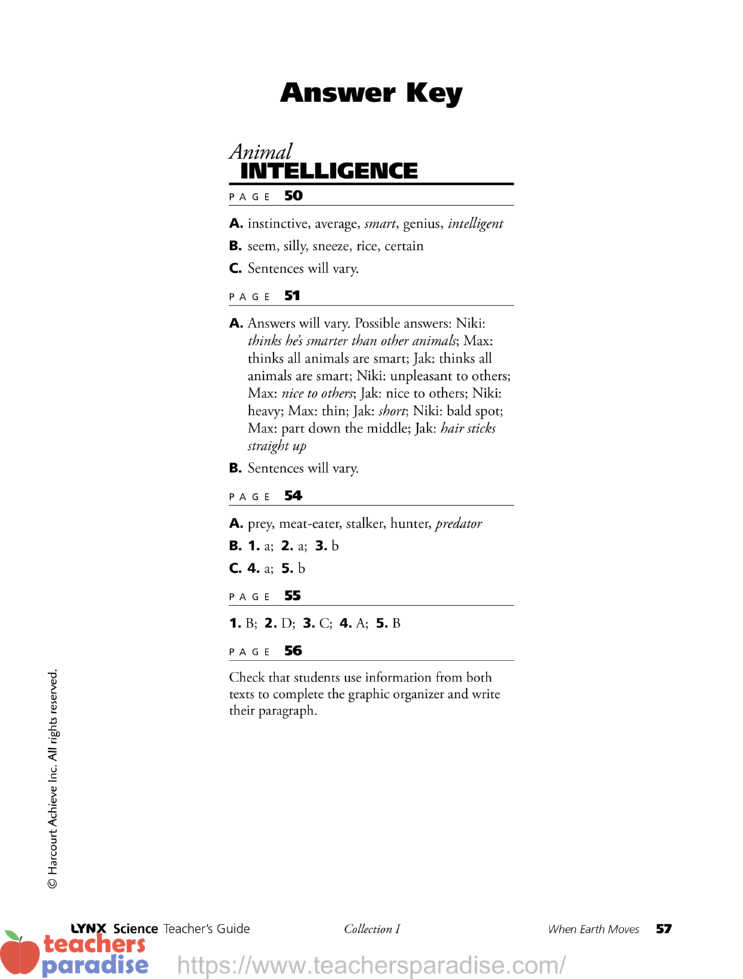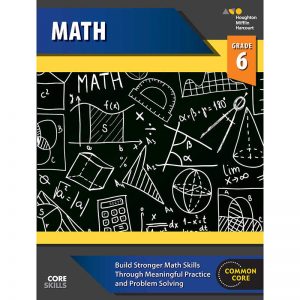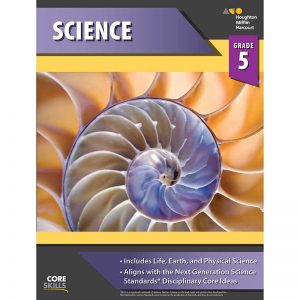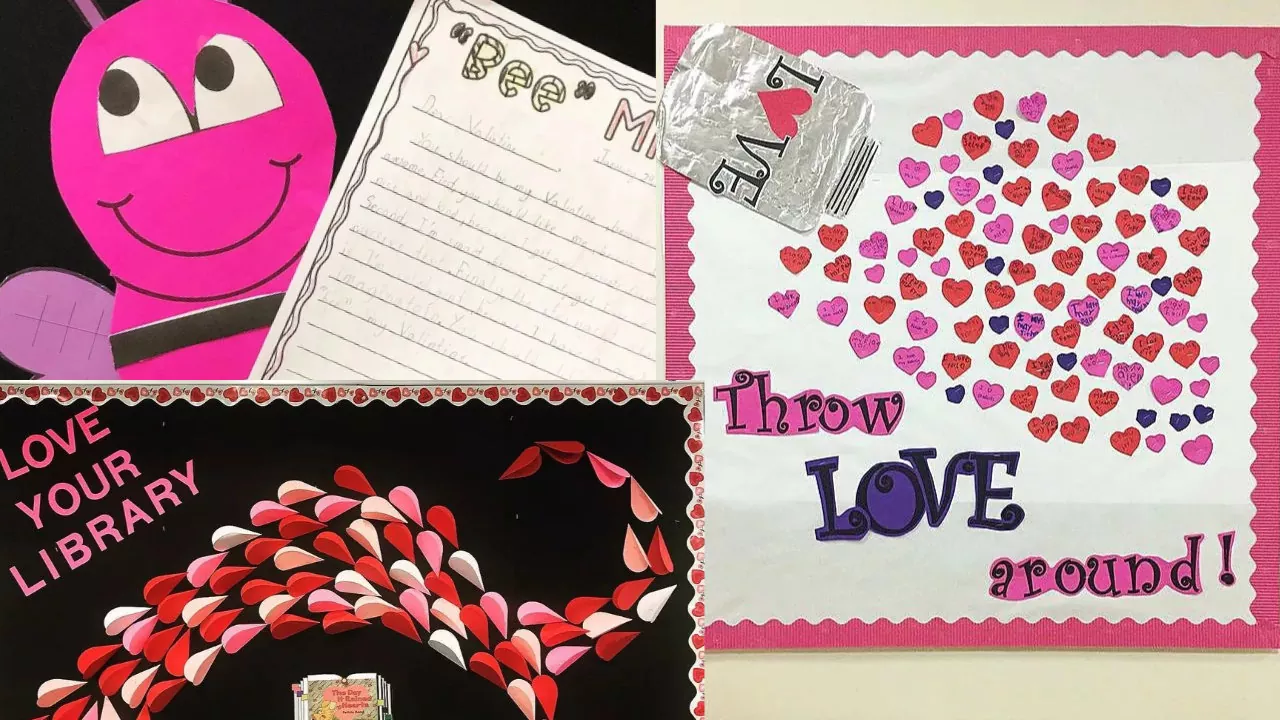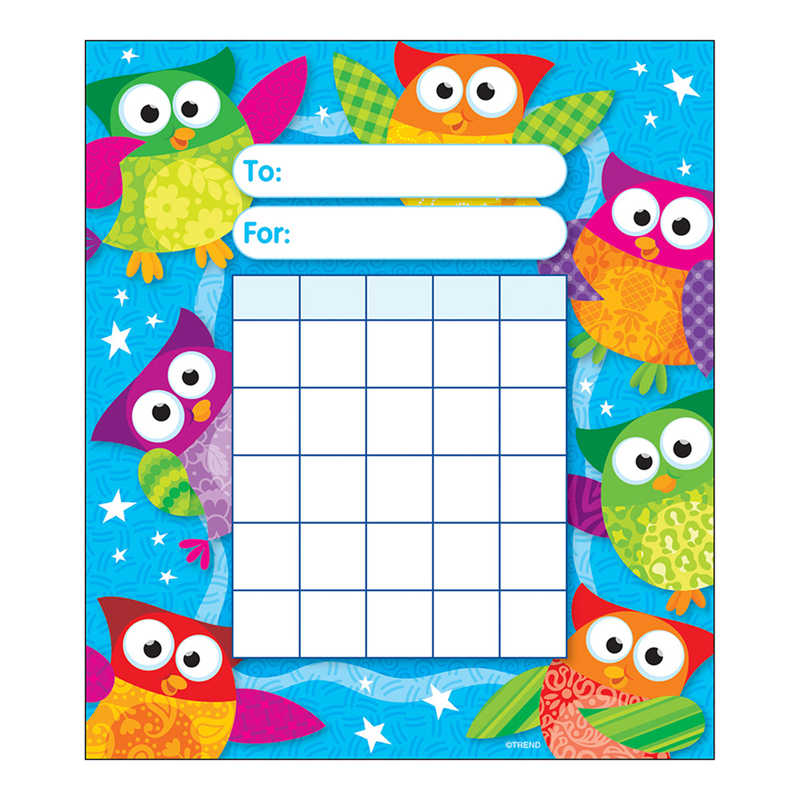Animal Intelligence – Science Teacher’s Guide
GRAPHIC NOVEL
Summary
Two escaped chimpanzees caught in a zookeeper’s net must rely on their animal friends for help. The different types of animal intelligence are explored as the chimps try to avoid returning to captivity.
NONFICTION BOOK
Summary
This book explores the differences between instinct and intelligence in animal behavior. Included are in-depth looks at migration, tool-making abilities, and animal communication with humans.
Links to Science
How Science Works
Questioning, response to criticism, and open communication are important in science.
Life Science
- A behavioral response is determined by heredity and experience and requires coordination and communication. 2. An organism’s behavior evolves through adaptation to its environment.
WORKSHEET & Sample PDF Activity
Sample PDF Activity
Physical Science
Simple machines or tools such as levers, pulleys, and wedges make work easier. Some animals have the ability to use tools, and some can even make tools.
Earth Science
Animals can adapt to changing conditions in their native environments, and some animals can find their way home using Earth’s magnetic field.
Links to Reading/Language Arts
Comprehension Compare and Contrast
Vocabulary Word-O-Meter
Phonics/Word Study Variant Consonant
Synonyms and Antonyms
Text Feature Four-Row Comparison Charts
Literary Analysis Plot
Nonfiction Genre Observation Log
Vocabulary Links
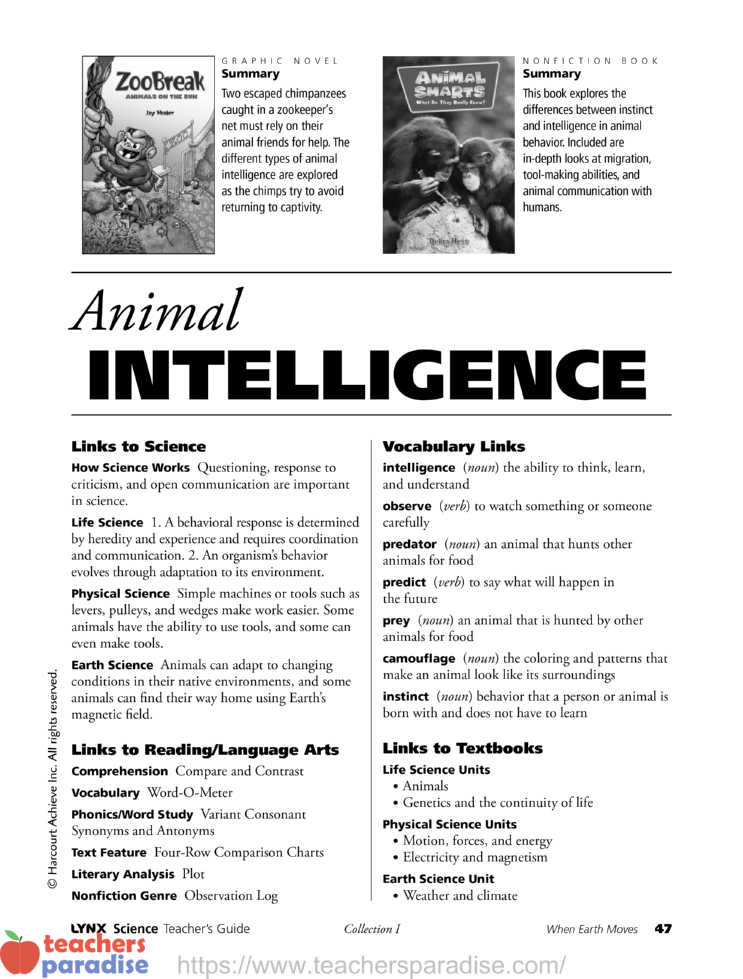
intelligence (noun) the ability to think, learn, and understand
observe (verb) to watch something or someone carefully
predator (noun) an animal that hunts other animals for food
predict (verb) to say what will happen in the future
prey (noun) an animal that is hunted by other animals for food
camouflage (noun) the coloring and patterns that make an animal look like its surroundings
instinct (noun) behavior that a person or animal is born with and does not have to learn
Links to Textbooks
Life Science Units
• Animals
• Genetics and the continuity of life
Physical Science Units
• Motion, forces, and energy
• Electricity and magnetism
Earth Science Unit
• Weather and climate
Animal Intelligence GRAPHIC NOVEL
STEP 1 Introduce Theme
Make a Personal Connection
Ask if any students have pets or if they’ve seen animals living in the wild. Invite them to describe how animals interact or communicate with humans or with other animals.
Build Theme Background
Ask students to discuss what they know about animal intelligence. Explain that most animals display some form of intelligence that is a combination of instinctive and learned behaviors. Review with students the Big Ideas on page 2.
Preview Text
Distribute copies of Zoo Break: Animals on the Run!, and discuss the cover illustration. Ask What is happening on the cover? How are the chimps in this illustration different from each other?
• Preview the book by reading Zookeeper Lisa’s words on pages 2 and 3. Ask What kinds of intelligence do you think animals have? Can they reason? Can they solve problems? Explain your answer.
• Have students preview pages 4–11 and make predictions about how intelligent each character in the book may be.
STEP 2 Build Word Power
Teach Vocabulary Strategy: Word-O-Meter
Introduce the vocabulary words on page 3. Writing words that closely match the meaning of a new word will help students remember the new word.
• Create a word-o-meter like the one on page 50 of this teacher’s guide. Write observe in the right-hand box. Have students suggest words that closely match the meaning. (watch, note) Add these in the box to the immediate left. Then have students suggest words that match observe less closely. (glance, look) Finally, have students think of a word opposite in meaning and write it in the box on the far left. (ignore)
• Repeat this exercise for intelligence, predator, predict, and prey.
Review Phonics: Variant Consonant /s/
Explain that consonants can sometimes have the same sounds, even with different letters, such as s and c.
• Write serve and notice. Have the class repeat and slowly sound out each word. Circle the s in serve and the c in notice and emphasize the similarity of these two sounds. Repeat the two words at normal speed. Repeat with the word pairs: intelligence/understand, slick/ice.
• Ask students to find words with different variant consonants, such as /k/. (corn, kick, cookie)
Support English Language Learners: Cognates
Words in different languages that share similar spellings and meanings are called cognates. Write the English word family and the Spanish word familia. Explain that both words have the same definition and come from the same root word.
• Write other pairs of English/Spanish cognates. (center/centro, class/clase, giraff e/jirafa, minute/minuto) Invite students to think of other cognates.
STEP 3 Build Reading Power
Teach Comprehension Strategy: Compare and Contrast
Explain that to compare is to see how two events or objects are similar. To contrast is to see how they are different. Comparing and contrasting events or characters will help students understand what they read. Some words that signal likeness are like, similar, same. Some words that signal differences are unlike, different, yet.
Model Comprehension Strategy: Compare and Contrast
Say Meerkats act as guards for each other. Guards protect others by watching for danger. The meerkats are like human guards because they look for danger. Meerkats are not like human guards because in real life, they do not use words.
Begin Reading Zoo Break: Animals on the Run!
Have students read pages 1–13. Remind students to think about comparing and contrasting details in the story as they read.
Apply Comprehension Strategy
Have students review the comparison chart on page 9. Ask students to find the signal word that indicates comparing or contrasting. (difference) Invite students to list ways that honey bees and wasps are different (one is fuzzy, one is smooth; one eats plants, the other insects).
STEP 4 Support Understanding
Show Literacy in Action: Four-Row Comparison Charts
Point out the four-row comparison chart on page 9. This type of chart makes it easy to compare and contrast two different things. Ask Is this chart a list of comparisons, of contrasts, or of both?
Focus on Literary Analysis: Plot
Explain that the events of a story, including the problem and solution, make up its plot. Understanding how the events in a story relate to each other will help you understand what you read. Ask What is the plot of this story? (Chimpanzees have escaped from the zoo, they get caught in a net, and their friends try to help them get free again.) Have students discuss other animals’ role in the plot.
Accommodate for Learning Differences: Role-Switching Plots
Have students work together to create a short comic strip that is an alternative version of Zoo Break. Each student can illustrate a panel of the story. Have them place characters in different roles (e.g., the meerkats are caught in the net, and the chimps help them escape). Have students place the panels in order and write a caption for each one to show the plot.
Finish Reading Zoo Break: Animals on the Run!
Remind students to confirm or revise their earlier predictions about the plot of the story.
STEP 5 Wrap Up Graphic Novel
Discuss Zoo Break: Animals on the Run!
Lead a discussion using the following prompts:
• In what ways are all the characters in this story the same? How are they different?
• How is the plot of this story similar to or different from other stories you’ve read or movies you’ve seen?
Practice Master 1
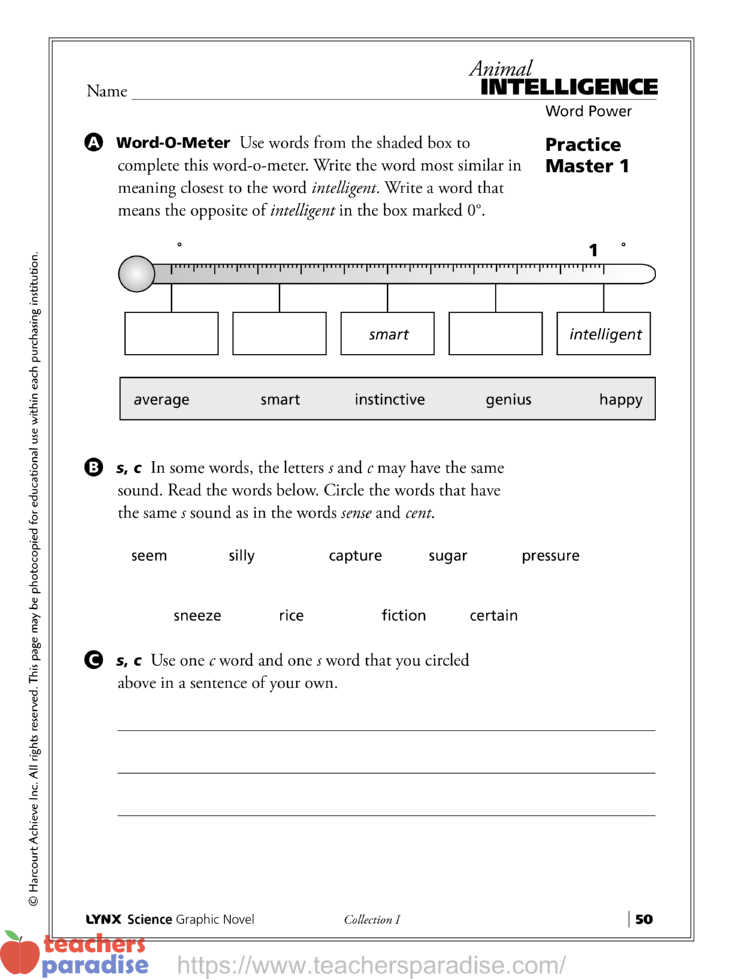
A. Word-O-Meter
Use words from the shaded box to complete this word-o-meter. Write the word most similar in meaning closest to the word intelligent. Write a word that means the opposite of intelligent in the box marked 0°.
B. s, c
In some words, the letters s and c may have the same sound. Read the words below. Circle the words that have the same s sound as in the words sense and cent.
seem silly capture sugar pressure
sneeze rice fiction certain
C. s, c
Use one c word and one s word that you circled above in a sentence of your own.
Practice Master 2
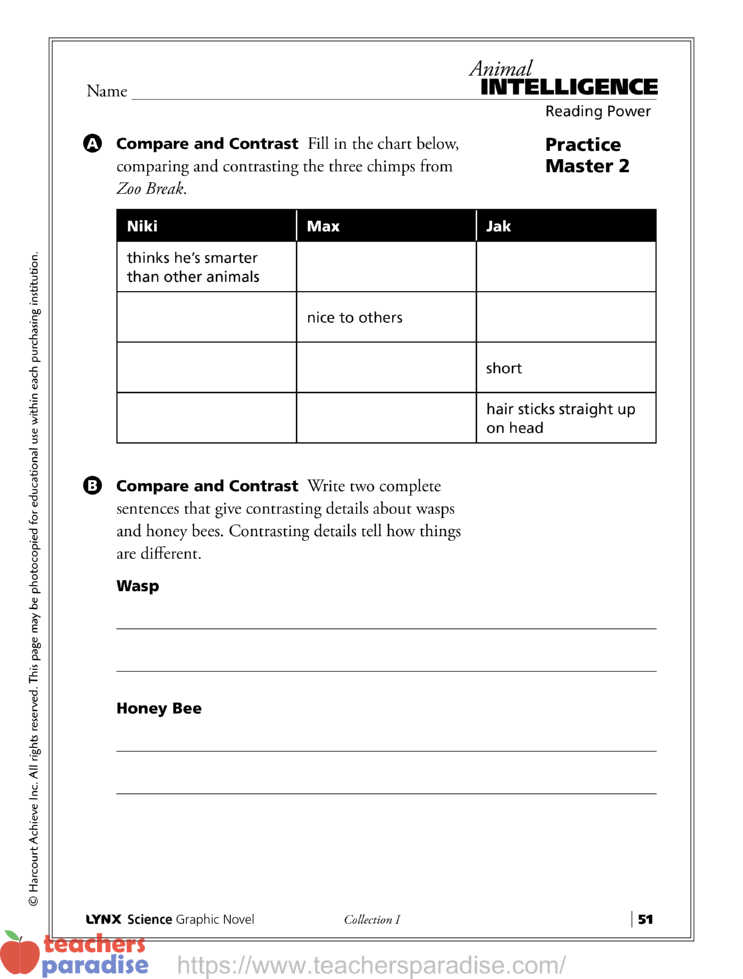
A. Compare and Contrast
Fill in the chart below, comparing and contrasting the three chimps from Zoo Break.
B. Compare and Contrast
Write two complete sentences that give contrasting details about wasps and honey bees. Contrasting details tell how things are different.
Animal Intelligence NONFICTION BOOK
STEP 1 Connect Theme Across Texts
Build Prior Knowledge from Reading
Review pages 5–6 in Zoo Break. Ask What are different ways that animals learn? What’s the difference between a behavior that is learned and one that is instinctive? Review with students the differences between instinctive behavior and true intelligence.
STEP 2 Build Word Power
Review Vocabulary Strategy: Word-O-Meter
Draw a word-o-meter for each of the new vocabulary words, instinct and camouflage. Have students suggest words and phrases to complete the graphic organizers.
Teach Word Study Strategy: Synonyms and Antonyms Remind students that synonyms are words that mean the same thing, and antonyms are words that mean the opposite. Knowing synonyms and antonyms for a new word will help students remember its meaning.
• Write the words predator, intelligence, and captive. Ask students to suggest synonyms for these words. (hunter, reason, caged)
• Ask students to suggest antonyms for the words. (prey, instinct, wild)
• Do the same for other new words that students may have difficulty with during their reading.
Support English Language Learners: Scientific Names
Biologists give Latin names to animals and plants to classify them, or place them in related groups. Animals that belong to the same family share a genus name. Corvus brachyrhynchos (brack-ee-RIN-kos) is the scientific name for the crow and Corvus corax is the scientific name for the raven. They belong to the same family, so they have the same genus name (Corvus). Because they aren’t exactly alike, they have different species names. Invite students to look up the scientific names for other animals in the story.
STEP 3 Build Reading Power
Review Comprehension Strategy:
Compare and Contrast
Remind students that comparing means to see how things are the same and that contrasting means to notice how things are different. Read the Introduction of Animal Smarts together. Ask students to compare and contrast the animals described.
Begin Reading Animal Smarts: What Do They Really Know?
Have students read Chapters 1 and 2 on their own. Remind students to use what they’ve learned so far as they read.
Link to Student Research Topics
To learn more, students can investigate:
• animal migratory patterns (e.g., migrating zebra or wildebeest herds)
• human-animal interaction, including the training and learning of language skills by primates
• the role of scent in animal behavior (e.g., how artificial pheromones are used to reduce insect pest populations)
STEP 4 Support Understanding
Focus on Nonfiction Genre: Observation Log
Biologists study animal behavior by observing animals and recording their actions in an observation log. These logs contain notes or charts about what they saw, as well as when and where it happened. When biologists review the logs, they see patterns of behavior. Have students write observation logs by watching other students in the library.
Focus on Text Feature: Four-Row Comparison Charts
Have students turn to the comparison chart on page 13 of the nonfiction book. Invite volunteers to read each one aloud. Ask How does this type of chart help biologists study similar behaviors among different animals?
Accommodate for Learning Differences: Charts
Make enlarged copies of the chart on page 13 for students. Demonstrate how to use column and row headings to find information. Have each student cut one row from the chart and illustrate a picture or map of that migration.
Finish Reading Animal Smarts: What Do They Really Know?
Remind students to use what they have learned as they read.
STEP 5 Wrap Up Theme
Discuss Animal Smarts Discuss with students the following:
• Which might make a more accurate observation log, observing an animal’s behavior in the wild or at the zoo? Why?
• Which better shows an animal’s intelligence: its ability to make tools or how it communicates with other animals? Explain your answer.
• You are asked to make a chart to compare the intelligence of animals. What column heads might be useful for comparing animals? Why?
Link to How Science Works
Biologists who study animal behavior in the wild must gather data differently from scientists who do laboratory experiments. Biologists who observe the behavior of animals in the wild are doing “field study.” Ideally, these scientists do not interfere with the animals they observe. They hide and let the animals go about their lives in their natural environment.
Analyze and Write Across Texts
Ask students to use both stories to find the differences between instinctive and intelligent behavior in animals.
• Assign students a short essay discussing the difference between instinct and intelligence using examples from the books they’ve read. Have students refer to Practice Master 5 to organize their ideas.
Link Theme to Textbook
Preview the headings, images, captions, and subtitles in: Life Science Units on animals, genetics, and and the continuity of life; Physical Science Units on motion, forces, energy, electricity, and magnetism; or Earth Science Units on weather and climate. Have students make predictions based on what they’ve learned. Students can confirm or revise predictions during reading.
Practice Master 3
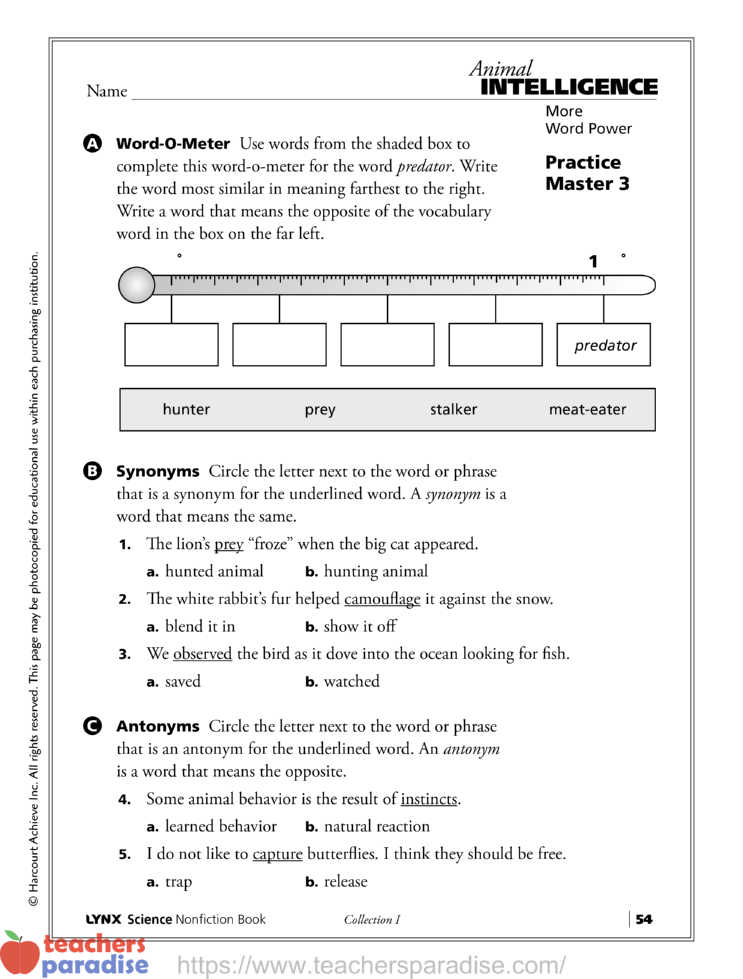
A. Word-O-Meter
Use words from the shaded box to complete this word-o-meter for the word predator. Write the word most similar in meaning farthest to the right. Write a word that means the opposite of the vocabulary word in the box on the far left.
B. Synonyms
Circle the letter next to the word or phrase that is a synonym for the underlined word. A synonym is a word that means the same.
- The lion’s prey “froze” when the big cat appeared.
a. hunted animal b. hunting animal - The white rabbit’s fur helped camouflage it against the snow.
a. blend it in b. show it off - We observed the bird as it dove into the ocean looking for fish.
a. saved b. watched
C. Antonyms
Circle the letter next to the word or phrase that is an antonym for the underlined word. An antonym is a word that means the opposite.
- Some animal behavior is the result of instincts.
a. learned behavior b. natural reaction - I do not like to capture butterflies. I think they should be free.
a. trap b. release
Practice Master 4
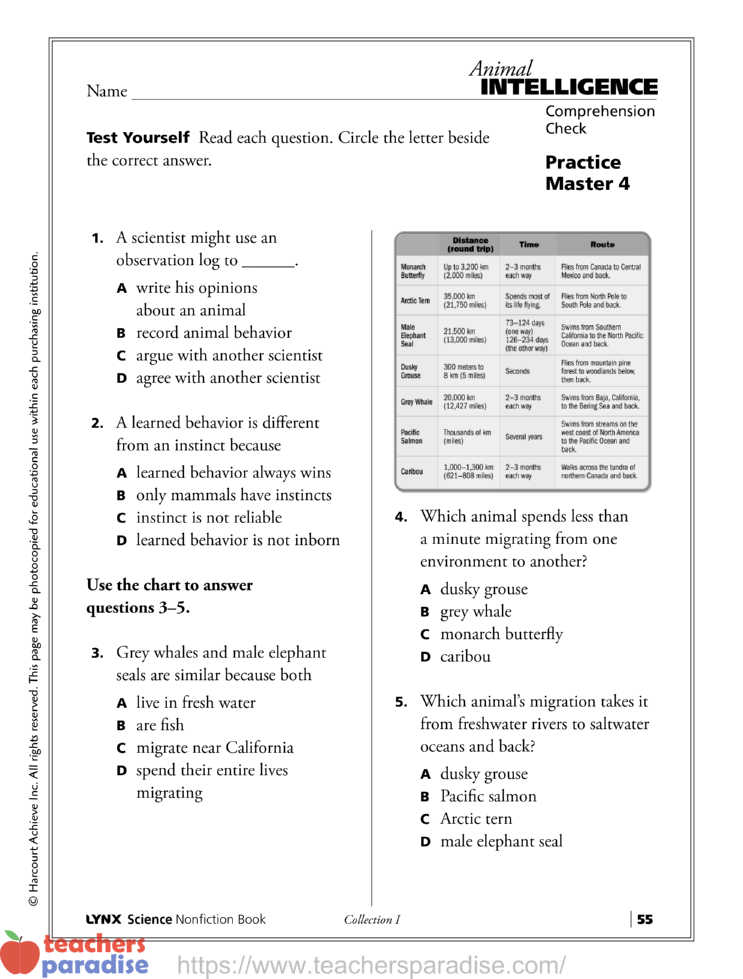
Test Yourself
Read each question. Circle the letter beside the correct answer.
- A scientist might use an observation log to __.
A. write his opinions about an animal
B. record animal behavior
C. argue with another scientist
D. agree with another scientist - A learned behavior is different from an instinct because
A. learned behavior always wins
B. only mammals have instincts
C. instinct is not reliable
D. learned behavior is not inborn
Use the chart to answer questions 3–5.
- Grey whales and male elephant seals are similar because both
A. live in fresh water
B. are fish
C. migrate near California
D. spend their entire lives migrating - Which animal spends less than a minute migrating from one environment to another?
A. dusky grouse
B. grey whale
C. monarch butterfly
D. caribou - Which animal’s migration takes it from freshwater rivers to saltwater oceans and back?
A. dusky grouse
B. Pacific salmon
C. Arctic tern
D. male elephant seal
Practice Master 5
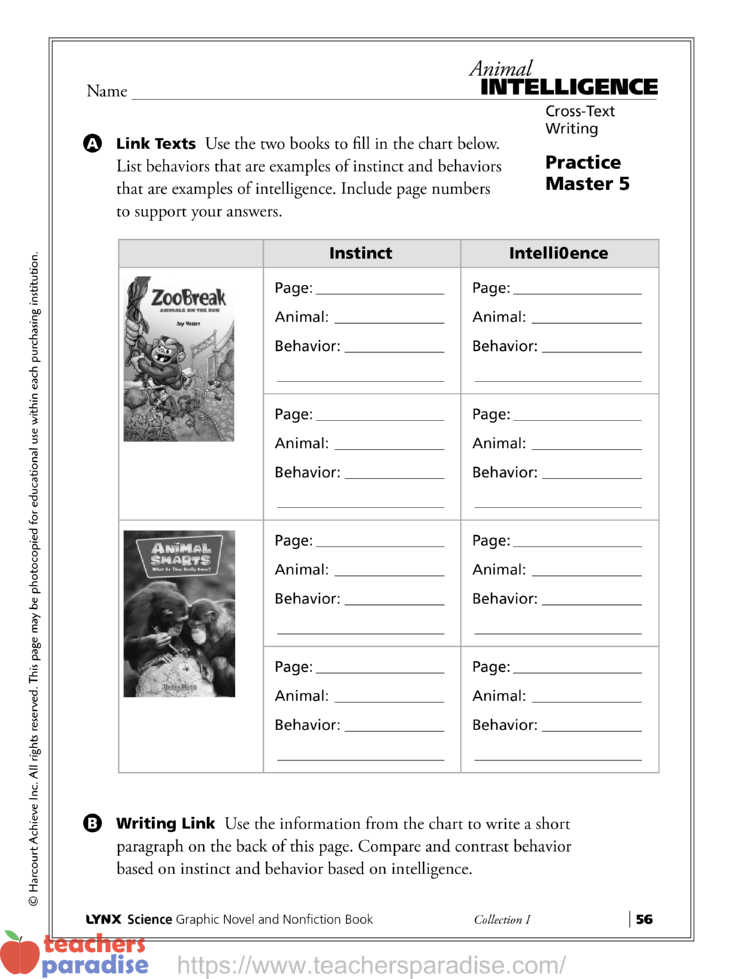
A. Link Texts
Use the two books to fill in the chart below. List behaviors that are examples of instinct and behaviors that are examples of intelligence. Include page numbers to support your answers.
B. Writing Link
Use the information from the chart to write a short paragraph on the back of this page. Compare and contrast behavior based on instinct and behavior based on intelligence.
LYNX Animal Intelligence – Answer Key
